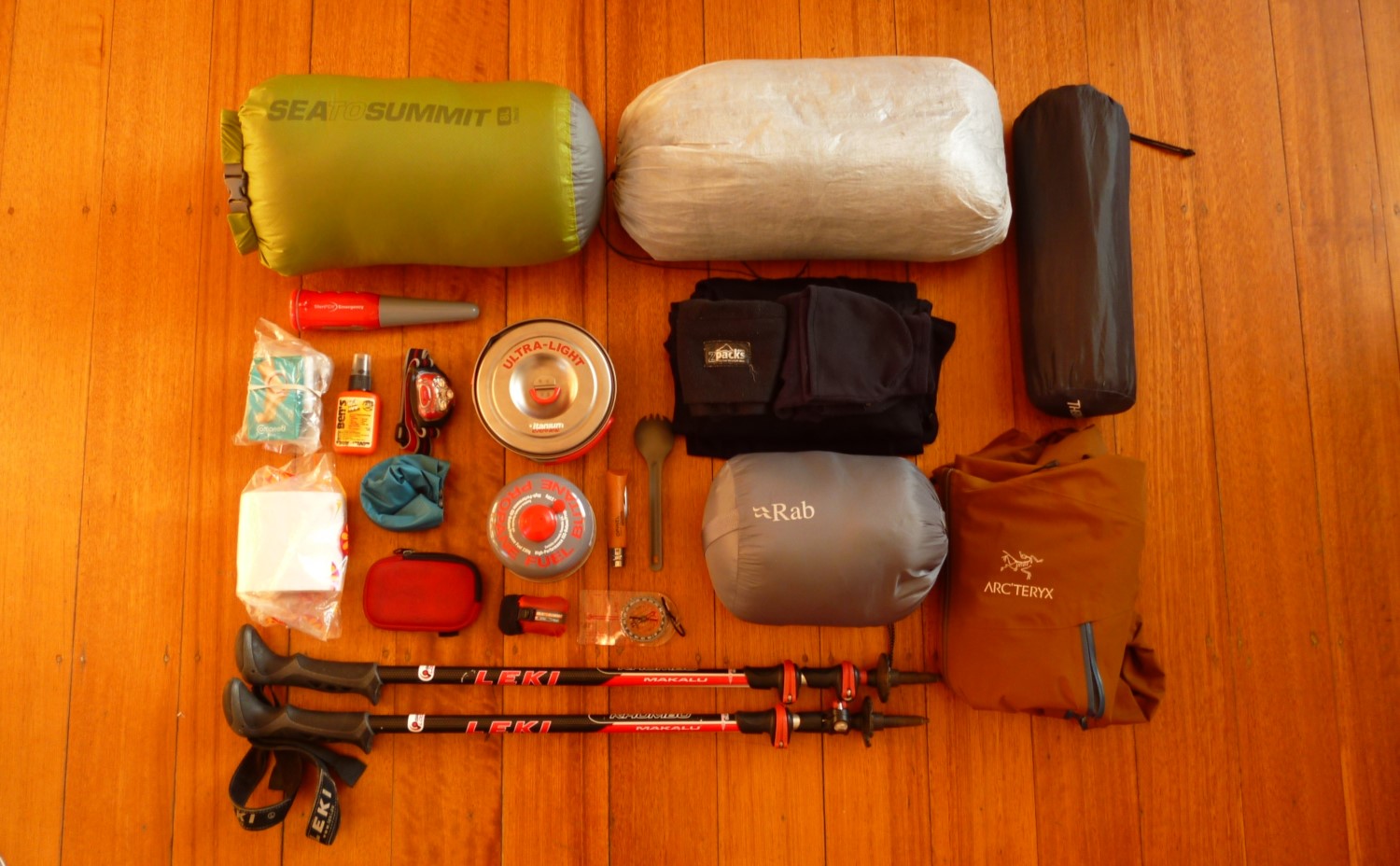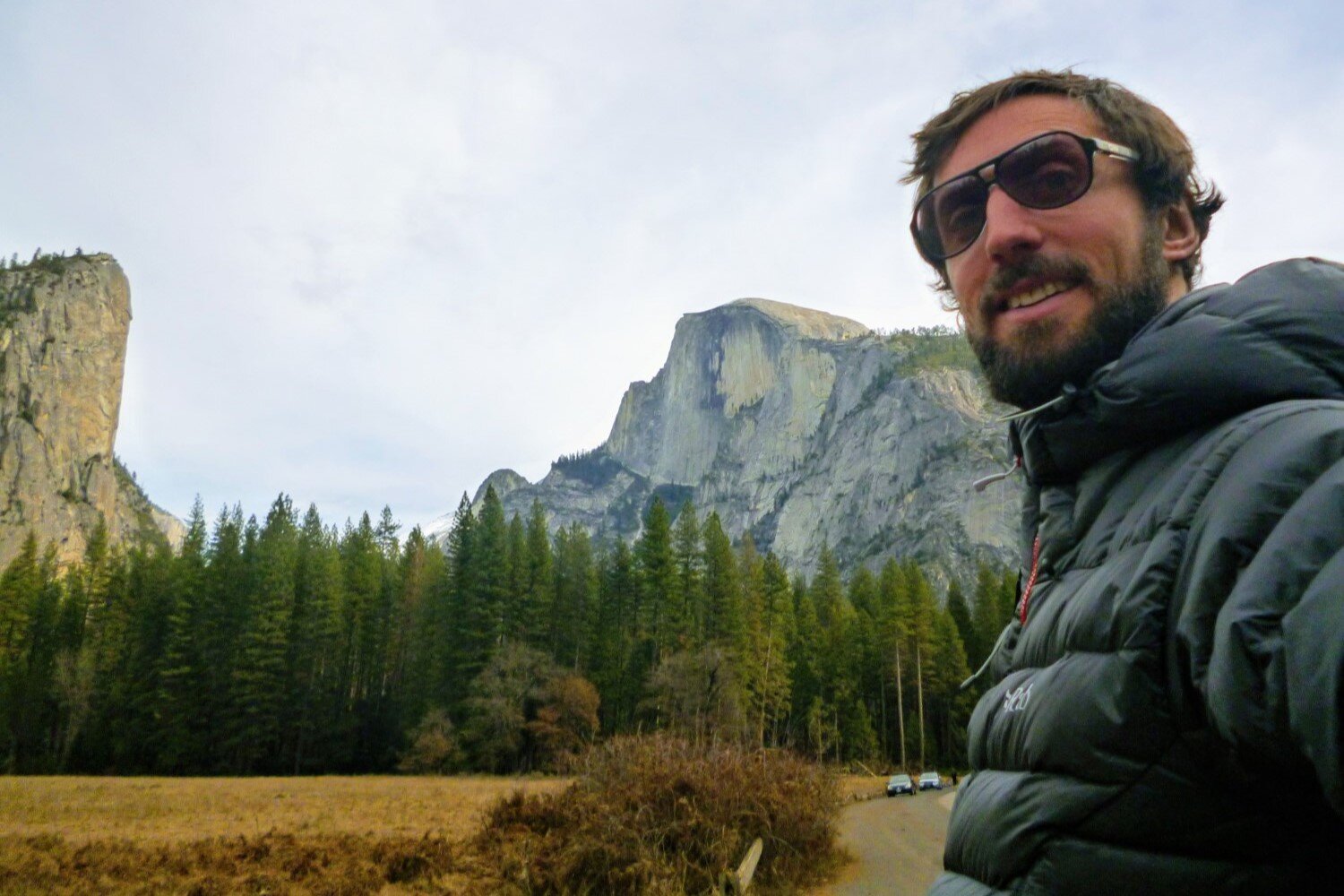Sawyer Squeeze vs Micro Squeeze — WTF Is The Difference?
(And Which One Should You Buy…)
JUMP TO: SPECS / WEIGHT & MATERIALS / FLOW RATES / DURABILITY / EASE OF USE / SUMMARY
Author: Steve Edgerton
We may earn a commission when you buy through our links. Learn more.
The Sawyer Squeeze is well established as one of the best water filters for thru-hiking and ultralight backpacking. It is light, durable, and effective, checking off the most important boxes for big trips in the backcountry.
Sawyer also has another filter on its product line—the Micro Squeeze. It is smaller than the OG Squeeze, but otherwise, it looks, operates, and functions pretty much identically. So, if you are wondering what exactly differentiates these two products, you are not alone.
Their idiosyncrasies may be subtle, but they are not insignificant. In this breakdown of the Sawyer Squeeze vs. the Sawyer Micro Squeeze, we look at how these filters are similar and how they diverge, reviewing everything from weight, to materials, to performance, concluding with our take on the best use cases for both.
SPECS
Sawyer Squeeze
WEIGHT: 2.5 oz. for filter, 5.7 oz. for complete kit
LIFESPAN: 378,500 liters
FLOW RATE: 40 s/liter
FILTER MATERIAL: Hollow Fiber Membrane
REMOVES: Bacteria, protozoa, E. Coli, giardia, vibrio cholerae, Salmonella typhi, and microplastics
WHAT’S INCLUDED: Filter, two 32 oz. pouches, backwash syringe, hydration pack adaptors, cleaning coupling, spare gasket, drinking straw, gravity tubing, and mesh storage bag
Sawyer Micro Squeeze
WEIGHT: 1.85 oz. for filter, 3.8 oz. for complete kit
LIFESPAN: 378,500 liters
FLOW RATE: 90 s/liter
FILTER MATERIAL: Hollow Fiber Membrane
REMOVES: Bacteria, protozoa, E. Coli, giardia, vibrio cholerae, Salmonella typhi, and microplastics
WHAT’S INCLUDED: Filter, one 32 oz. pouch, backwash syringe, hydration pack adaptors, cleaning coupling, spare gasket, drinking straw
WEIGHT & MATERIALS
Let’s start with the most apparent differences between the Squeeze and the Micro: the weight and materials.
The Squeeze filter weighs 2.5 oz. Adding all the parts you need for a backcountry trip creates a filter system weighing 5.7 oz. The Micro filter weighs 1.85 oz., and a full system weighs 3.8 oz.
Necessary parts for both include a 32-ounce water pouch, a backflush syringe, a cleaning coupling, and a spare gasket. Both also come with a straw and inline hydration hose adaptor. If you don’t plan on drinking directly from water sources or attaching the filter to a hydration bladder, these can stay behind to cut some weight.
The Sawyer Squeeze includes a mesh storage sack, gravity tubing, and an extra water pouch, while the Micro does not.
The Micro Squeeze comes with almost the same kit as the OG Squeeze — but with the Micro you’ll only get one pouch and forgo the mesh carry bag.
WATER QUALITY
The Sawyer Squeeze and the Sawyer Micro use the same 0.1-micron hollow fiber filter design, offering identical water quality and filtration abilities.
Both effectively protect against bacteria and protozoans, including Giardia and Cryptosporidium. Neither will filter out viruses or heavy metals, but this is rarely a concern for backcountry travel in most developed countries.
The Squeeze and the Micro can both filter fairly turbid water, but they both clog quickly and should be backflushed with the provided syringe after nearly every use to ensure optimal performance and to extend their lifespan.
Both the Squeeze and Micro Squeeze require regular backflushing to ensure optimal performance.
FLOW RATES
Although the Squeeze and Micro use the same filter materials, they are not equal when it comes to flow rates. The flow rates of Sawyer filters also vary tremendously depending on how you are using them, whether drinking directly from water sources through the straw, through a hydration bladder, from the squeeze pouch, or by filtering from the squeeze pouch into another container.
Whatever you do, the Squeeze will offer faster flow rates. If filtering from the squeeze pouch into another container (our preferred method), the Squeeze filters twice as fast as the Micro. The Squeeze filters 1 liter of water in only 40 seconds, while the Micro takes closer to 90 seconds.
Both are considerably faster than many other filters and treatment methods, but the lightweight, compact build of the Micro doesn’t match the efficiency of the slightly more robust Squeeze.
Regardless of the way you use the filters, the Squeeze will always offer faster flow rates than the Micro Squeeze.
DURABILITY
The Squeeze and Micro filters also offer the same—almost unbelievable—lifespan. Sawyer advertises both as capable of filtering 100,000 gallons/378,850 liters. In other words, if you filtered 6 liters a day for drinking and cooking on the trail, every day, a Sawyer filter should last about 172 years!
As long as you backflush regularly and do not subject the filter to freezing temperatures, the Squeeze and Micro should serve you well for many years.
The squeeze pouches are another story, though. They are prone to failing, sometimes after only a few uses. Fortunately, both filters are compatible with any standard water bottle with 28 mm threads. Many thru-hikers ditch the Sawyer pouches in favor of soft flasks or good old plastic water bottles, which are lightweight, cheap, recyclable, and easy to replace.
If you do end up using the Sawyer pouches as part of your filtering method then purchasing extra pouches (and carrying them on the trail) is basically a no-brainer. Regardless of which filter you choose, you can get extra pouches in either a 32 fl. oz. (0.95 liter) or 64 fl. oz. (1.9 liter) size.
EASE OF USE
As with flow rates, the usability of Sawyer filters varies with the mode of filtration:
HYDRATION BLADDER INTEGRATION: Although both the Squeeze and Micro can be adapted as an inline filter for hydration bladders, it is not a feature many will use, and with good reason. Fitting the filter on your bladder hose can be fussy and awkward, often feeling like it could fall off at any time, and you will be filling your hydration system with untreated water. And the experience of sucking water through a bladder hose and the filter is like drinking a milkshake—not ideal for efficient hydration.
STRAW: Drinking directly from water sources with the straw is another mode you are unlikely to use much, but both filters can do it in a pinch. There is less resistance than sucking water through a hydration bladder.
BOTTLE INTEGRATION: Sawyer filters perform well when attached to a screw-top bottle or soft flask as an on-the-go filtration system. The smaller profile of the Micro makes it perfect for this kind of setup. This is great for trail runners or day hikers looking to stay moving and minimize time spent filling up and filtering water. The Micro is a lighter, far more durable alternative to popular on-the-go filters like the Katadyn BeFree or the Salomon XA 42 Filter Cap.
POUCH SYSTEM: Using the Sawyer pouches to squeeze/filter water into your drinking container is how they are most often used. The process is quick and efficient, especially with the Squeeze. More than once, hikers toiling with pumps and gravity bags have cast a longing gaze as we filtered laps around them with the humble looking but mighty Sawyer Squeeze. The Micro is not as fast, but still outmatches most filtration systems in usability and efficiency.
One of the most common ways to use either the Sawyer Squeeze or Micro squeeze is to fill the accompanying pouch and then squeeze water through the filter and into another drinking container.
SUMMARY
The Sawyer Squeeze and the Sawyer Micro are both lightweight, durable, and exceptionally reliable filtration systems. When comparing water quality, lifespan, and usability, the two are nearly indistinguishable. Nevertheless, there are some subtle yet important differences.
Here are the important points to consider when deciding between the Squeeze and the Micro…
The Sawyer Squeeze, while slightly bigger and heavier, has a significantly faster flow rate. It is the better choice for backpacking trips when you will be filtering water many times a day for multiple people.
The Sawyer Micro Squeeze is light and very packable. Its smaller profile makes it ideal for on-the-go systems, drinking right through the filter. It works best as a personal filtration system for trail runners, hikers, and backpackers moving fast and light.
Whichever you choose, both of these filters offer tremendous value at a low cost: the Squeeze retails for $39, and the Micro for $30.
DISCLOSURE
Sawyer provided me with a free sample for this review – but the views expressed here are all my own. The review also contains affiliate links, which help us keep churning out more content!
MORE INFORMATION
Looking for more information on hiking and backpacking? Be sure to check out some of our other tips and gear reviews:
Or check out our entire Gear Reviews Page, our Knowledge Base Articles, or Destination Guides for more hiking, backpacking, and outdoors related content.
Happy hiking and take care out there in the wild!






















